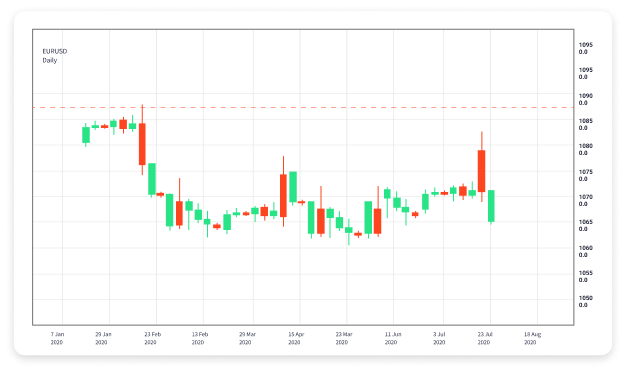
Understanding Forex Trading Indicators: Key Tools for Successful Trading
In the dynamic world of Forex trading, indicators play an essential role in helping traders make informed decisions. Understanding and applying the right indicators can dramatically enhance your trading strategy. In this guide, we’ll explore various Forex trading indicators, how they function, and how you can use them to improve your trading results. Especially when leveraging the resources available at forex trading indicators onlinetrading-cm.com, traders can refine their strategies and achieve greater success.
What Are Forex Trading Indicators?
Forex trading indicators are mathematical calculations based on price, volume, or open interest of a security or contract. Traders use these indicators to forecast future price movements and trends. By analyzing these indicators, traders can identify potential entry and exit points, as well as gauge market sentiment and momentum.
Types of Forex Trading Indicators
Forex trading indicators can be categorized into several types based on their function. Here are some of the most popular types of indicators used by traders:
1. Trend Indicators
Trend indicators are designed to identify the direction of the market. They help traders determine whether to buy or sell based on the market trend. Common trend indicators include:
- Moving Averages (MA): These smooth out price data to create a trend-following indicator. It’s especially useful for identifying the overall direction of the market.
- Average Directional Index (ADX): This measures the strength of a trend, indicating whether the market is trending or ranging.
- Parabolic SAR: This indicator helps traders set trailing stop losses by indicating potential price reversals.
2. Momentum Indicators
Momentum indicators help traders evaluate the speed of price movements. They are useful in confirming trends and identifying potential reversals. Some popular momentum indicators include:
- Relative Strength Index (RSI): This oscilloscope measures the speed and change of price movements, typically used to identify overbought or oversold conditions.
- Stochastic Oscillator: This compares a particular closing price of a security to its price range over a specific period, useful for generating buy and sell signals.
- MACD (Moving Average Convergence Divergence): This trend-following momentum indicator shows the relationship between two moving averages of a security’s price.
3. Volatility Indicators
Volatility indicators measure the degree of price variation over a specific time frame. They are especially useful for understanding market risks. Key volatility indicators include:
- Bollinger Bands: These bands are set two standard deviations away from a simple moving average and indicate overbought or oversold conditions.
- Average True Range (ATR): This indicator measures market volatility by assessing the range between the high and low prices.
- Donchian Channels: This indicator creates a channel using the highest high and lowest low over a specified period, helping traders identify potential breakouts.

4. Volume Indicators
Volume indicators show the amount of trading activity during a specific period, providing insight into the strength of a price move. Some popular volume indicators are:
- On-Balance Volume (OBV): This indicator relates price changes to volume, helping traders confirm trends.
- Chaikin Money Flow (CMF): This combines price and volume to analyze the buying and selling pressure over a specified period.
How to Use Forex Indicators Effectively
While indicators are powerful tools, they should not be used in isolation. Here’s how to make the most of Forex trading indicators:
1. Combine Indicators
Using multiple indicators together can provide a more comprehensive view of the market. For example, combining a trend indicator with a momentum indicator can help confirm entry and exit signals.
2. Understand Market Context
Indicators work best when combined with an understanding of market context. Factors such as economic news, geopolitical events, and market sentiment can significantly impact price movements, making it crucial to be aware of the broader market landscape.
3. Test Your Strategies
Before applying any indicator in live trading, it’s essential to test your strategies through backtesting and paper trading. This process helps build confidence in the effectiveness of your trading approach.
4. Stay Disciplined
Discipline is key in Forex trading. Stick to your trading plan and avoid impulsive decisions based on short-term market fluctuations. Indicators are tools to help you navigate the market, but they should be used as part of a well-thought-out strategy.
Conclusion
Forex trading indicators are invaluable tools that can enhance your overall trading strategy. By understanding and applying trend, momentum, volatility, and volume indicators, you can make better-informed trading decisions and increase your chances of success. Always remember to combine your indicators with solid market analysis and disciplined trading practices. As you continue your trading journey, utilizing platforms and resources like onlinetrading-cm.com can provide you with valuable insights and tools for improvement.
